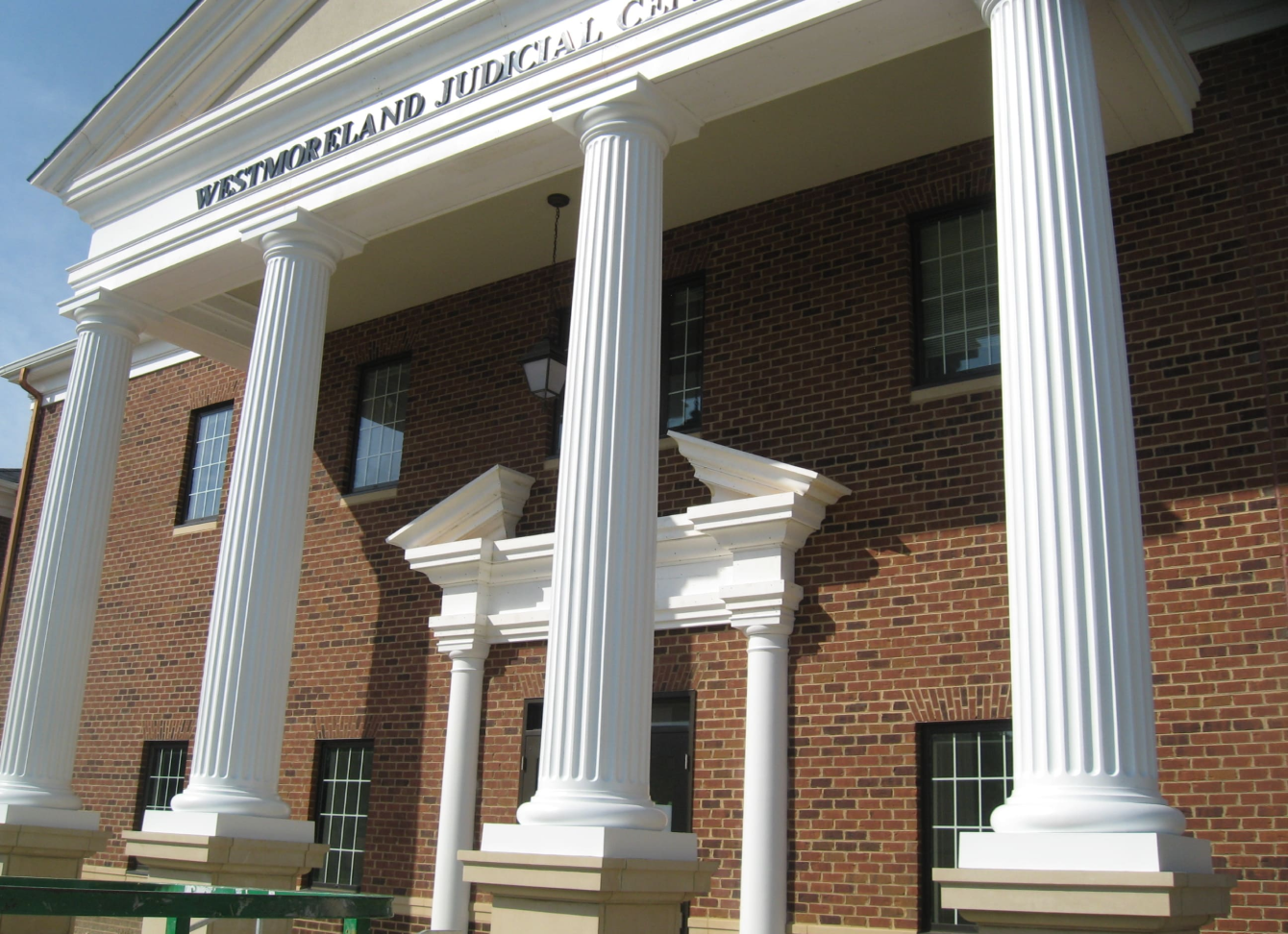The Encyclopedia Britannica defines a cornice as “the decorated projection at the top of a wall,” but that bare definition fails to conjure up the elegance that a well-carved cornice can add to a building. A better introduction is to think about the etymology of the word cornice, which comes from the Greek word for “curved” and also gives us the English word “crown.” A cornice is the decorative carved stone that sticks out from where the wall and the roof meet. In many ways, it’s the crown of the building.
The ancient Greeks bequeathed us three types of cornices:
- Doric – a simple design
- Ionic – more elaborate than the Doric design, usually with a scroll pattern
- Corinthian – the most complex, having many elements such as leaves or geometric patterns
The original cornices were designed to allow rainwater to flow down away from the walls of the building, thus protecting the structure. In Italian, the word cornice means ledge. It did not take long, however, for architects to add flair and design to this very practical design element, making it a defining architectural detail of many buildings.
Modern Uses of the Cornice
The current trend is to construct buildings out of glass and steel and the clean lines that are in vogue today cannot easily incorporate the cornice as a decorative element. But that does not mean that the cornice is obsolete. To the contrary, there are three compelling reasons to include cornices in your next renovation or construction project.
Architectural Distinction Increases Market Value
A cornice is a vibrant decorative ornament that can set a residential building, whether a single or multiple family home, apart from its neighbors. It can give a building architectural interest, whether it be a simple pattern of rectangles or more elaborate scrolls and spirals. Whether you are incorporating an exterior cornice on a building facade or are interested in soffit installation for a restoration project, modern cornices are easy to install, can be customized to fit any space, and come in a wide variety of styles to blend seamlessly with the style of your building. Curb appeal matters when it comes to selling real estate and a tasteful cornice will attract buyers to your building. If you are looking for renters, they will be more apt to rent a unit, and stay in it, if they are proud of the exterior of their apartment home.
Cornices Protect Your Building
Just as they did in ancient times, cornices protect your home or apartment building from damaged caused by rain, snow, and ice. The decorative elements force precipitation away from the building. Modern cornices are manufactured to withstand the elements much more effectively than the traditional materials of terracotta or stone. At Worthington Millwork, we manufacture cornices out of fiberglass reinforced plastic (FRP), which has an ultraviolet-resistant polyester-gel coating that can be molded into any style and matched to look like any construction material. We also can produce cornices made from polyurethane that are guaranteed to last a lifetime.
Cornices Provide Cost-Effective Elegance
Both FRP and polyurethane cornices require little maintenance and will look new for years because they will not crack, corrode, rot, or be susceptible to insect damage. Both materials are lightweight, meaning they won’t subject the building to structural stresses and are cost-effective to install. Our cornices come with comprehensive warranties (limited lifetime for FRP and ten-year for polyurethane), meaning that once you install them, you can enjoy how they enhance your property without worrying that their beauty will fade.
Worthington Millwork specializes in “American Made Architectural Products.” We are proud of our craftsmanship and look forward to working with you to give your property a distinctive and elegant look that will make your building the architectural jewel of your neighborhood.


